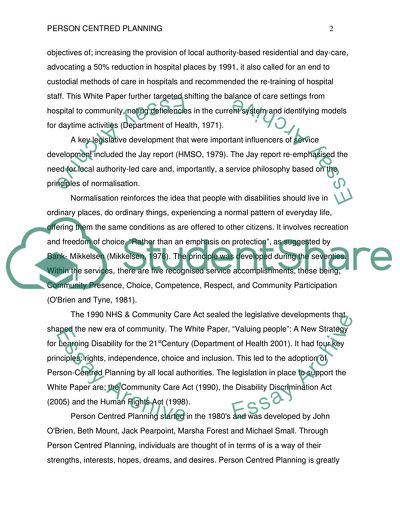Cite this document
(Person Centred Planning Essay Example | Topics and Well Written Essays - 2000 words, n.d.)
Person Centred Planning Essay Example | Topics and Well Written Essays - 2000 words. https://studentshare.org/sociology/1764097-person-centred-planning-pcp
Person Centred Planning Essay Example | Topics and Well Written Essays - 2000 words. https://studentshare.org/sociology/1764097-person-centred-planning-pcp
(Person Centred Planning Essay Example | Topics and Well Written Essays - 2000 Words)
Person Centred Planning Essay Example | Topics and Well Written Essays - 2000 Words. https://studentshare.org/sociology/1764097-person-centred-planning-pcp.
Person Centred Planning Essay Example | Topics and Well Written Essays - 2000 Words. https://studentshare.org/sociology/1764097-person-centred-planning-pcp.
“Person Centred Planning Essay Example | Topics and Well Written Essays - 2000 Words”. https://studentshare.org/sociology/1764097-person-centred-planning-pcp.


